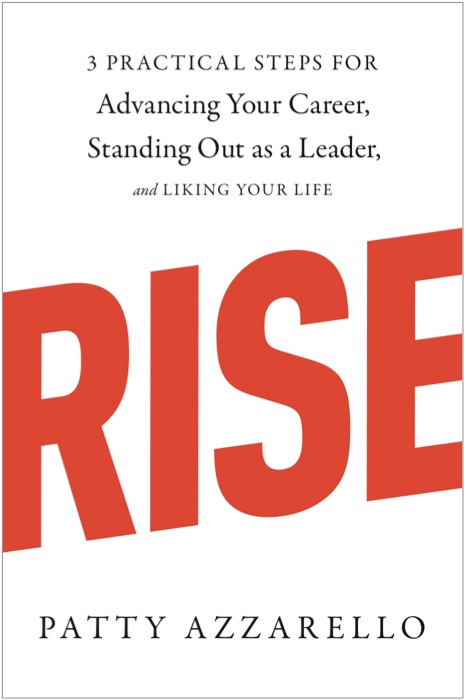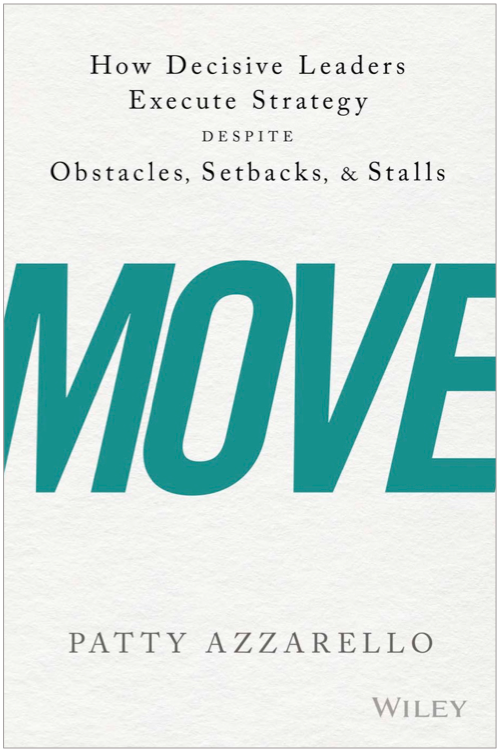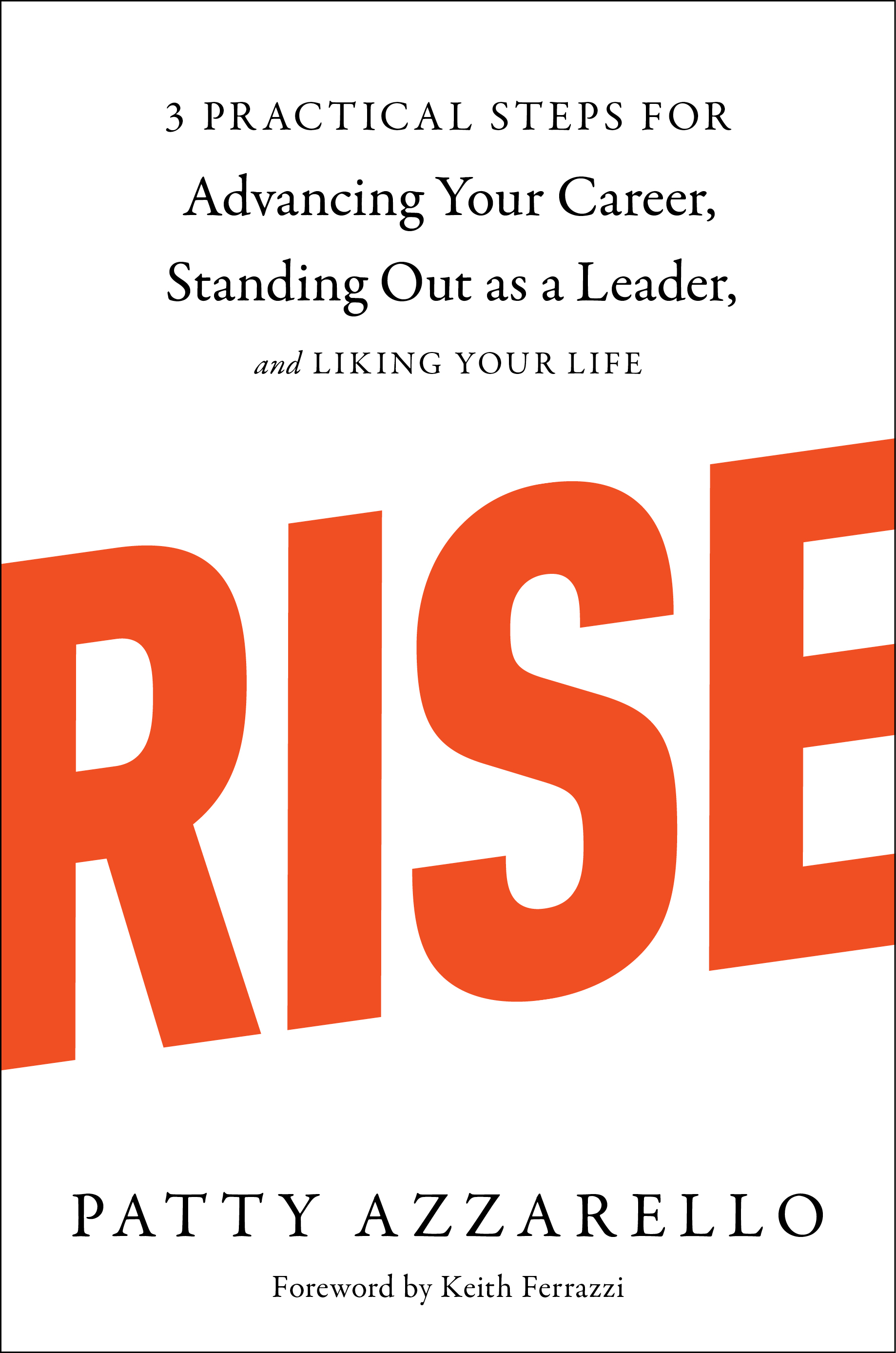Last week in my blog I suggested you stop wasting time having status meetings.
This week I want to extend the conversation suggest you resist the urge to hide in too much complexity and detail.
The reason people and teams fall into this is because complexity can make you feel smart and safe.
Here’s what I observe:
Complexity is often substituted for actual problem solving
If you can sling enough complex detail around, and take the time to keep everyone updated on the detail, there is no time or room for actually doing anything about it.
Removing complexity exposes the actual problem you need to solve
This is the crux of successful business execution: If there are no defined problems to overcome, you are still just talking — and not executing.
Complexity thrives, because the simple version of the truth can expose a painful reality – and a critical (and scary) need to act.
So you stay conversationally safe, while the business declines.
Stop having “Situation” Discussions
A prolific source of complexity is what I refer to as “situation” discussions.
Situation discussions are things like commenting about the market, the competitors, the resource shortage, the time pressures, the financial pressures, the state of the products, the capabilities of the organization, or the myriad of other topics that only serve to add more detail to the conversation with no forward movement.
Situation discussions are tempting because they give you a platform to talk about something that is important, but are free of conflict. So they make you feel smart and safe.
You can feel it when you are stuck in a situation discussion.
Situation discussions by definition, don’t move forward, they just gather more detail. After about 15 minutes you’ve all got the picture, yet you are still talking…but not going anywhere. The discussion has turned into a giant hairball of smart and important sounding words.
Collectively admiring the problem
I refer to situation discussions as “collectively admiring the problem”.
The way to break out of the detail and complexity of situation discussions is to ask outcome and action-oriented questions.
Below are some examples of the type of questions that I use to break through complexity that is stalling forward movement. (This is not an exhaustive list.) These kind of questions help clarify the real problem to solve, and naturally lead to an action plan.
This is the approach I use when working with leadership teams to move their business forward in my Strategy into Action program.
“We’re stuck in a situation discussion, let’s define an outcome instead”
Magic words…
The idea is to catch yourself when talking too long about the situation, and instead start talking about a specific, concrete outcome, and a specific action plan to get there.
Define a concrete outcome:
- What is a specific desired outcome we want to achieve with regard to this problem?
- What are the 3 most important things we can DO to get that outcome?
- What are the 3 most important obstacles to overcome to get that outcome?
- How would we observe and measure this outcome if it was working?
- If we were to do a demo of this when it is halfway finished, what would people see?
- How will we measure progress each quarter until it is finished?
Define who is impacted and exactly how:
- Which specific groups or people will this effect/involve/require? – (names and shoe sizes please)
- Does this [thing] pertain to everyone, equally, all at the same time? Or to what extent, in what order?
- What will be different for this specific person or group? How will they perceive it?
Define what needs to change:
- What new skills will this require? Will we train or hire people?
- How long will it take to get the new skills in place?
- Where will the budget come from: To pay for the project? To develop/acquire the skills?
- What specifically has to be fixed, invented, started or stopped to make this succeed?
Managing the fall-out of being clear
So often the implied conflict of moving resources from one project to a new critical program is so conversationally painful, that the leadership team won’t do it.
Instead they hope it will get worked out in the background. (This never happens)
Part of my role when I work with teams in this state is to say something like,
“It sounds like you all agree that the business fails if you don’t do this”.
So….
Who, specifically will you assign to do this? When? Why not right now?
Often there will be someone in the room who is crumbling because doing this resource shift means their program is getting decimated.
But you can’t let that stop you from doing the right thing.
You have to work through it. You need to assign the resources now to the “can’t fail” project, and you need to actively work on an alternative future for the people who are impacted.
Leadership is hard
Learning to trade conversational discomfort for genuine business progress is a shared trait of the most effective leaders.
Was this useful?
If you found this article useful, please help me share it with others and encourage them to subscribe to this Blog for free.
About Patty
Patty Azzarello is an executive, best-selling author, speaker and CEO/Business Advisor. She became the youngest general manager at HP at the age of 33, ran a billion dollar software business at 35 and became a CEO for the first time at 38 (all without turning into a self-centered, miserable jerk)
She is a regular contributor to Fast Company and was featured in Forbes Magazine in a column called Women We Love.
You can find Patty at www.AzzarelloGroup.com, follow her on twitter or facebook, or read her book RISE…3 Practical Steps for Advancing Your Career, Standing Out as a Leader, AND Liking Your Life.




